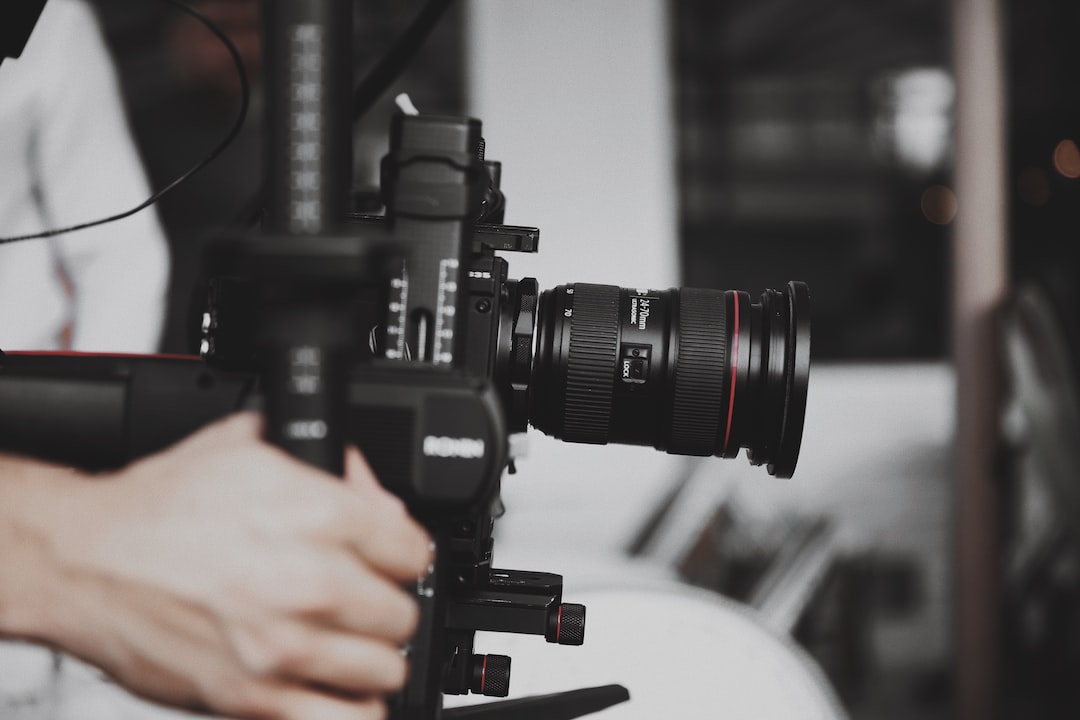Lights, Camera, Action: A Look at Set Design in Production
Lights, camera, action! These three words are synonymous with the world of filmmaking. While actors and directors often steal the limelight, there is another crucial element that brings a story to life on the big screen – set design. Behind every captivating scene, there are hours of meticulous planning, creative design, and attention to detail that go into creating the perfect set. In this blog post, we will take a closer look at the significance of set design in film production.
Set design, also known as production design, is the process of creating and building the physical environment in which a film or television production takes place. It involves deciding on the look and feel of a set, including the architecture, props, furniture, lighting, and overall atmosphere. Set designers work closely with directors and cinematographers to transform a script into a visual reality.
One of the vital aspects of set design is creating a sense of time and place. Whether a film is set in a futuristic dystopia or a romantic Victorian era, the set design plays an essential role in transporting the audience into that specific world. Meticulously designed sets provide visual cues that immerse the viewers in the story and help them suspend their disbelief. For example, the grandeur and opulence of the sets in movies like The Great Gatsby or Marie Antoinette transport viewers to a different era altogether, making them feel like they are part of the world on screen.
In addition to establishing the setting, set design also helps in establishing the character’s personality and the film’s overall tone. A character’s home, workplace, or even a single room can reveal a lot about their background, preferences, and motivations. For instance, a cluttered and disorganized apartment can signal a character’s chaotic nature, while a sleek and modern office might indicate a character’s power or authority.
Furthermore, set design plays a significant role in enhancing the mood and atmosphere of a scene. Through the use of colors, lighting, and props, set designers can evoke specific emotions in the audience. A dimly lit, shadow-filled room creates a sense of mystery and suspense, while a bright and colorful set can breed happiness and joy. Properly designed sets can heighten the tension of a thriller or elicit a wave of nostalgia in a romantic comedy.
Set designers are not only responsible for creating the physical elements of a set but also for ensuring that it is functional for the actors and the crew. They need to consider practical aspects such as camera angles, lighting requirements, and the overall flow of the scene. Additionally, sets must also be safe and compliant with regulations to prevent accidents during filming.
The art of set design goes beyond just constructing and dressing sets. It requires a deep knowledge of architecture, historical periods, interior design, and even psychology. Set designers must extensively research and collaborate with other members of the production team to ensure the accuracy and authenticity of the set. They have to consider the needs of the story, the needs of the characters, and the practical requirements of the production all at once.
While technology has revolutionized set design, with the advent of CGI (Computer Generated Imagery) allowing for more fantastical and elaborate sets, traditional set design is still highly valued in the film industry. The physicality of a set adds a tangible element to the actors’ performances and creates a more immersive experience for both the cast and the audience.
In conclusion, set design is an integral part of film production that often goes unnoticed. It is responsible for constructing the physical world that the characters inhabit, setting the tone, establishing the time and place, and evoking emotions. Set designers are the unsung heroes of the film industry, working tirelessly behind the scenes to create captivating and memorable visuals that bring stories to life. So, the next time you watch a movie, pay attention to the intricate details of the sets – they are the silent storytellers that set the stage for the stars.


